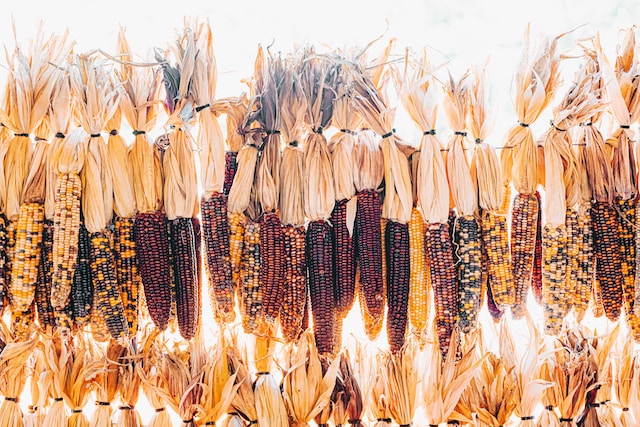
Indigenous influences on American cuisine are often overlooked, but they have had a profound impact on the dishes we know and love today. Recognizing the significant contributions of Native American cultures to American cuisine is key to understanding our culinary heritage. From the use of traditional ingredients like corn, beans, and squash, to cooking techniques like smoking and pit-roasting, indigenous peoples have had a lasting impact on the way we approach food. And let’s not forget about the unique flavor profiles that come from the use of wild game and native herbs and spices.
Traditional Indigenous Ingredients
Native American cuisine is a rich tapestry of ingredients that reflect the ecological diversity of the Americas. These ingredients have played a fundamental role in shaping the culinary traditions of both Native and non-Native American cultures. From the potent flavor of wild berries to the versatility of maize, indigenous ingredients have been used for thousands of years as a source of sustenance and cultural identity. Here are some of the most traditional indigenous ingredients:
Maize (Corn)
Maize, also known as corn, is arguably the most important crop in Native American cuisine. It has been cultivated for thousands of years and is a staple in many Native American dishes.
Every part of the corn plant is used, including the leaves, husks, and silk. There are hundreds of different varieties of maize, and each has its unique flavor and texture.
Cornmeal is a versatile ingredient that is used to make everything from bread and tortillas to tamales and porridge. Hominy, which is made by soaking maize in an alkaline solution until the outer hulls are removed, is a key ingredient in many soups and stews. Corn is also used to make a variety of alcoholic beverages, such as chicha in South America and pulque in Mexico.
Beans
Beans are another essential ingredient in Native American cuisine, and there are hundreds of different varieties, each with unique flavors and textures. They are a rich source of protein, and their ability to fix nitrogen in the soil has made them an essential crop in many traditional agricultural systems.
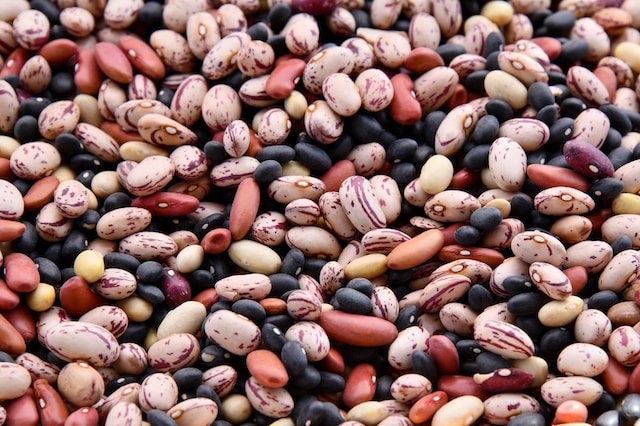
In addition to being cooked on their own, beans are often combined with maize and other vegetables to create hearty stews and soups. Three Sisters, a classic Native American dish, combines maize, beans, and squash, and is still enjoyed today.
Squash
Squash is another traditional ingredient in Native American cuisine. There are many different varieties of squash, including summer squash, winter squash, and pumpkin. They are a good source of vitamins A and C, as well as fiber and potassium.
Squash is often cooked with beans and maize to create a variety of stews and soups. Pumpkin is also used to make a variety of dishes, including pies and bread.
Foraged Ingredients
Foraged ingredients, such as wild berries and herbs, have long been used in Native American cuisine. They are often added to dishes to provide flavor and nutritional value. Some of the most common foraged ingredients include wild berries, such as raspberries, strawberries, and blueberries, as well as wild herbs, like sage and wild onion.
In addition to being used as ingredients in dishes, foraged ingredients are also used to create medicinal teas and tinctures. For example, chokecherries are used to treat colds and flu, while white sage is used in ceremonial smudging.
Cooking Techniques and Traditions
Native American cuisine incorporates a diverse set of cooking techniques that have been developed over generations. These techniques not only preserve the nutritional value of the ingredients but also enhance their flavors.
Stone Grinding and Pounding:
Stone grinding and pounding are two of the most traditional cooking techniques used by Native Americans. These techniques involve grinding or pounding ingredients like maize, beans, and herbs on a large flat stone or mortar and pestle.
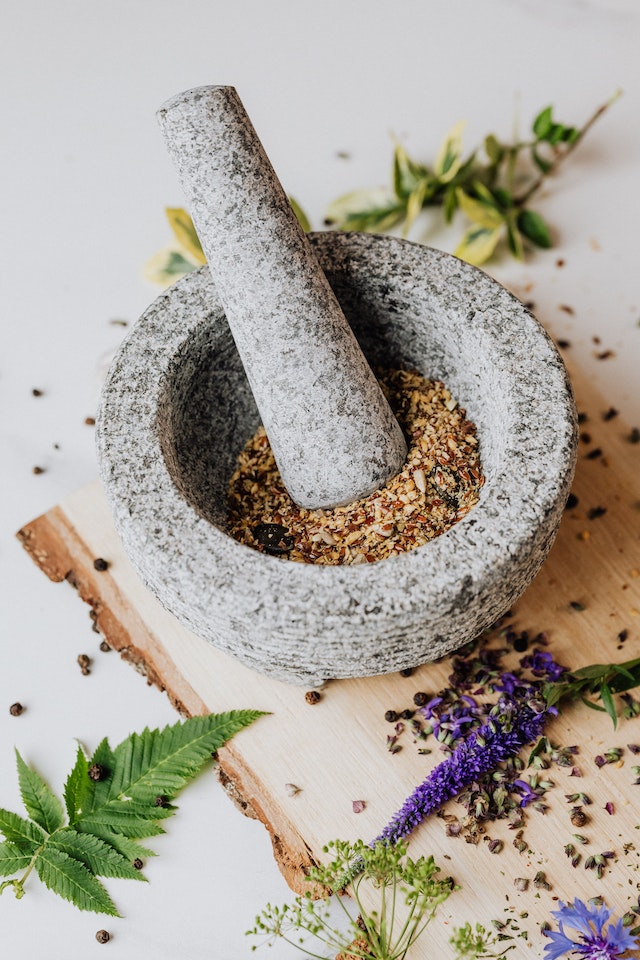
The ground ingredients are then used to make a variety of dishes, such as bread, porridge, and stews.
Stone grinding and pounding have several advantages over modern milling and grinding techniques. The slow grinding process ensures that the grains and other ingredients are not heated, which preserves their flavor and nutritional value. Additionally, the coarse texture of the ground ingredients adds a unique flavor and texture to the dishes.
Utilization of Earth Ovens:
The use of earth ovens is another traditional cooking technique used by Native Americans. An earth oven is a pit dug in the ground and lined with stones and clay. The oven is heated by building a fire inside it and allowing the stones to heat up. Once the stones are hot, the fire is removed, and the food is placed inside the oven, which is then covered with leaves or grass.
The food is cooked slowly in the steam created by the hot stones, resulting in tender and flavorful dishes. Earth ovens are typically used to cook meats, fish, and vegetables, and are an essential part of many Native American feasts and ceremonies.
Smoking Techniques:
Smoking is another traditional cooking technique used by Native Americans. This technique involves preserving and flavoring meats and fish by smoking them over a fire. The meat is first cured with salt and then hung over a fire, where it is slowly smoked for several hours.
The smoke not only preserves the meat but also adds a smoky flavor to it, making it an essential ingredient in many Native American dishes. Smoked salmon, for instance, is a popular dish found in many Native American communities in the Pacific Northwest.
Native American Dishes
Native American cuisine is a vital piece of the culinary heritage of the Americas. It is a patchwork of traditional ingredients and cooking techniques, which has influenced the food culture of the United States.
Here are some of the traditional Native American dishes that have stood the test of time:
Frybread
Frybread is a staple in Native American cuisine that has a special cultural significance. It was first introduced in the late 1800s when the U.S. government forced Native Americans to move onto reservations and provided them with commodities like flour, sugar, and lard. With these ingredients, Native American women began to experiment and create a new type of bread that could be easily made over an open fire. Frybread quickly became a cultural symbol, used in traditional ceremonies, powwows, and other events.
Frybread is made from a simple mix of flour, salt, baking powder, and water, which is then fried in hot oil until it is golden brown. It can be served plain, sweet, or savory, with a variety of toppings like honey, jam, beans, or meat.
Hominy
Hominy is a traditional Native American ingredient that is made by soaking maize in an alkaline solution, usually lye or wood ash, which removes the outer hulls of the kernels. The process of making hominy not only removes the hull, it also increases the nutritional value of the maize by breaking down the complex carbohydrates and making them easier to digest.
Hominy can be prepared in several ways. It can be boiled and served in soups, stews, or chilis, or it can be ground into a dough and used to make traditional dishes like tamales or grits.
Succotash
Succotash is a vegetable dish that has Native American origins. It is traditionally made with a mixture of lima beans and corn, cooked together with onions, tomatoes, and other vegetables like bell peppers or okra. The dish is seasoned with salt, pepper, and herbs like thyme or basil.
Succotash was originally a dish prepared during the harvest season, when fresh vegetables were abundant. It was a way for Native Americans to preserve the taste of summer and enjoy it throughout the winter.
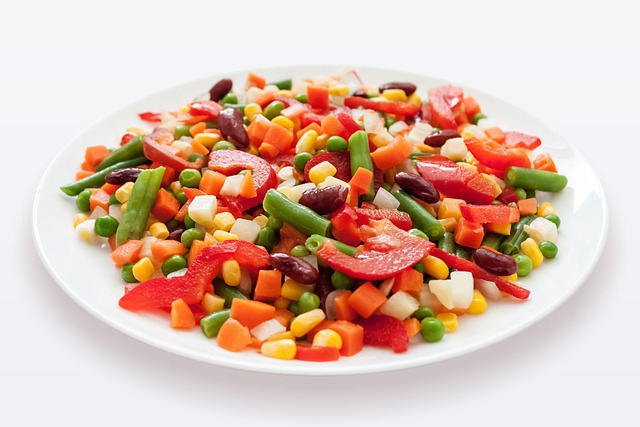
Other Vegetable Medleys
Native American cuisine also includes a variety of other vegetable medleys that are prepared using traditional ingredients like beans, corn, squash, and wild herbs. These dishes reflect the seasonal and regional diversity of the Americas.
For example, Hidatsa-style beans are a traditional Native American dish made with white beans, corn, and wild rice. The beans are soaked overnight, then simmered with corn, tomatoes, onions, and garlic, and seasoned with coriander and cayenne pepper.
Another popular Native American dish is Three Sisters, which combines maize, beans, and squash. The three ingredients are grown together in the same plot of land, and the beans fix nitrogen in the soil, which helps the maize and squash to grow. The dish is traditionally prepared by roasting or steaming the three ingredients, then combining them in a stew or soup.
Incorporation into Mainstream American Cooking
Native American cuisine has been an essential part of American culture for thousands of years, and its influence on mainstream American cooking has been extensive. Native American ingredients and cooking techniques have been incorporated into many popular dishes, ranging from cornbread and chili to pumpkin pie and cranberry sauce.
The incorporation of Native American cooking techniques like smoking and pit-roasting has added unique flavors and textures to traditional American dishes. For example, the use of smoked meats and fish has become popular in contemporary American BBQ cuisine. Additionally, the use of maize has been instrumental in creating delicious and versatile corn-based dishes like grits, polenta, and cornbread.
Native American cuisine has also influenced Thanksgiving traditions.
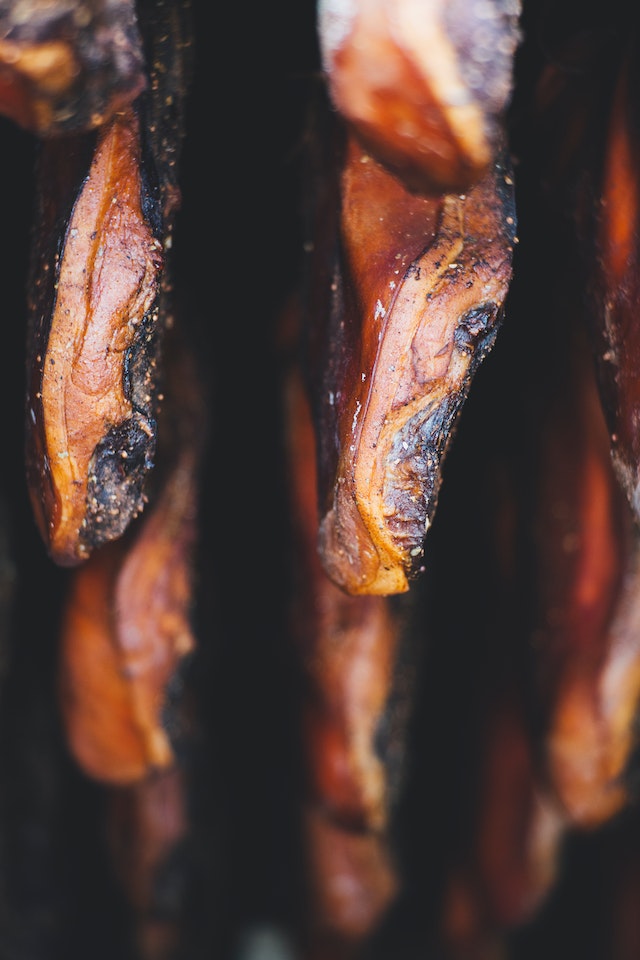
The classic Thanksgiving turkey, for instance, is thought to have originated from the Native American game bird, the wild turkey. Additionally, many traditional Thanksgiving side dishes like cranberry sauce, pumpkin pie, and succotash have Native American roots.
Adoption of Native American Flavors in Contemporary Cuisine
The flavors of Native American cuisine have also influenced contemporary cuisine in America. From the use of wild game and native herbs and spices to the popularity of dishes like Three Sisters and frybread, Native American cuisine has inspired chefs across the country.
One example of the adoption of Native American flavors in contemporary cuisine is the Navajo taco. This dish has become popular in the Southwestern United States and features a frybread base with a variety of savory toppings like beef, beans, lettuce, and cheese. The delicious combination of crispy frybread and hearty toppings has made the Navajo taco a popular dish across the country.
Additionally, Native American ingredients like bison, wild rice, and berries have become increasingly popular in contemporary cuisine. Chefs have embraced the unique flavors and nutritional value of these ingredients in dishes like bison burgers, wild rice pilaf, and berry compotes.
RECIPE: Three Sisters Stew
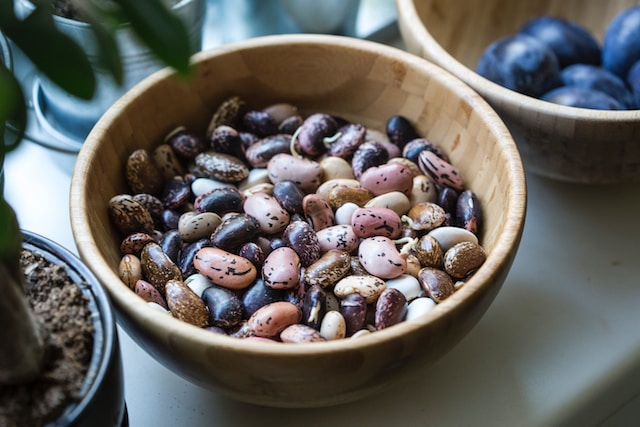
Ingredients:
- 1 cup of dried beans (any variety)
- 4 cups of water
- 1 onion, diced
- 1 garlic clove, minced
- 2 cups of chopped squash (any variety)
- 2 cups of corn kernels
- 1 teaspoon of salt
- 1 teaspoon of black pepper
- 1 tablespoon of chopped fresh herbs (sage, thyme, or rosemary)
Instructions:
- Soak the dried beans in water overnight.
- Drain the soaked beans and place them in a large pot with 4 cups of water.
- Bring the pot to a boil, then reduce the heat to a simmer and cook the beans for 30 to 45 minutes, until they are tender.
- Add the diced onion and minced garlic to the pot and cook for 5 minutes, until the onion is translucent.
- Add the chopped squash and corn kernels to the pot, along with the salt, pepper, and fresh herbs.
- Stir everything together and let it simmer for 30 minutes, until the squash is tender.
Recipe: Smoked Salmon Salad
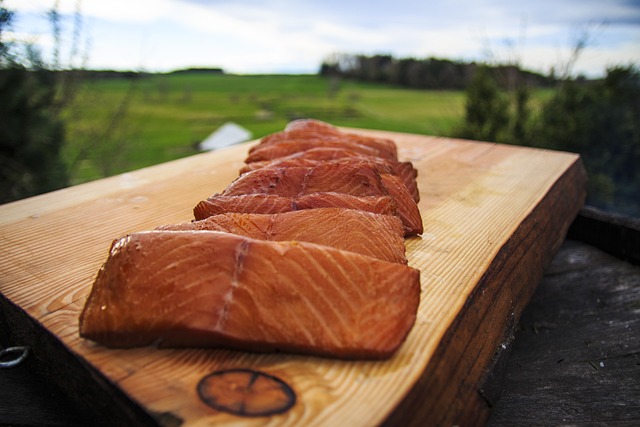
Ingredients:
- 1 pound of smoked salmon, flaked
- 4 cups of mixed greens
- 1 cucumber, sliced
- 1 avocado, diced
- 1/4 cup of red onion, thinly sliced
- 1/4 cup of fresh cilantro, chopped
- 2 tablespoons of olive oil
- 1 tablespoon of lemon juice
- Salt and pepper to taste
Instructions:
- In a large bowl, combine the smoked salmon, mixed greens, cucumber, avocado, red onion, and cilantro.
- In a small bowl, whisk together the olive oil, lemon juice, salt, and pepper to make the dressing.
- Drizzle the dressing over the salad and toss everything together.
- Serve immediately.
Recipe: Bison Chili
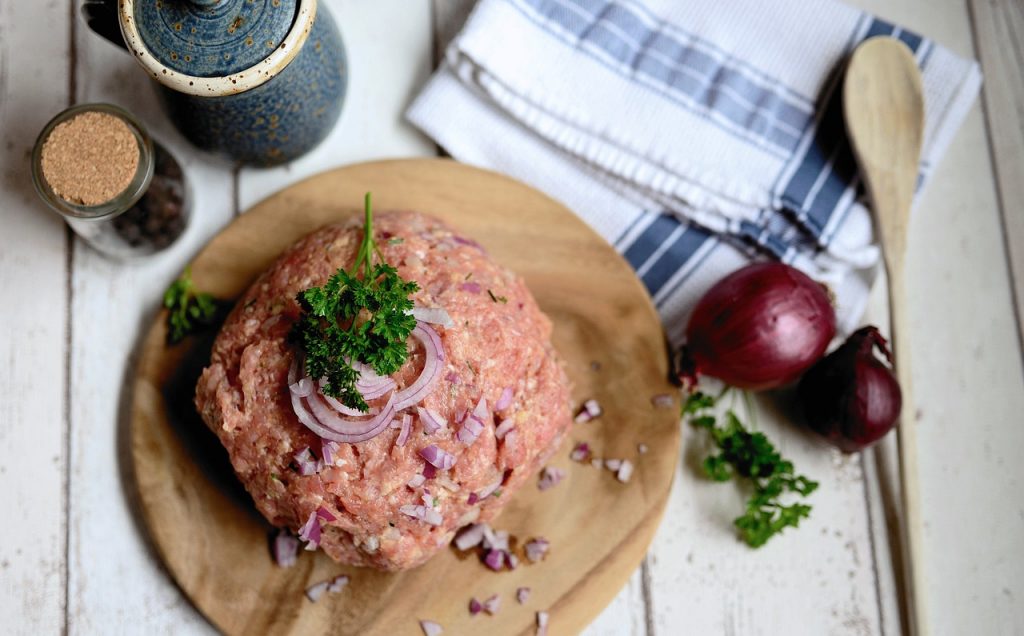
Ingredients:
- 1 pound of ground bison
- 1 onion, diced
- 2 garlic cloves, minced
- 1 can (28 oz) of crushed tomatoes
- 1 can (15 oz) of kidney beans, rinsed and drained
- 1 can (15 oz) of black beans, rinsed and drained
- 1 green bell pepper, diced
- 1 tablespoon of chili powder
- 1 teaspoon of cumin
- 1 teaspoon of paprika
- Salt and pepper to taste
Instructions:
- In a large pot, cook the ground bison over medium heat until browned.
- Add the diced onion and minced garlic to the pot and cook for 5 minutes, until the onion is translucent.
- Add the crushed tomatoes, kidney beans, black beans, and green bell pepper to the pot, along with the chili powder, cumin, paprika, salt, and pepper.
- Stir everything together and bring the chili to a simmer.
- Let the chili simmer for 30 minutes, until it has thickened and the flavors have melded together.
- Serve hot with your favorite toppings, such as shredded cheese, sour cream, or chopped scallions.
Recipe: Navajo Tacos
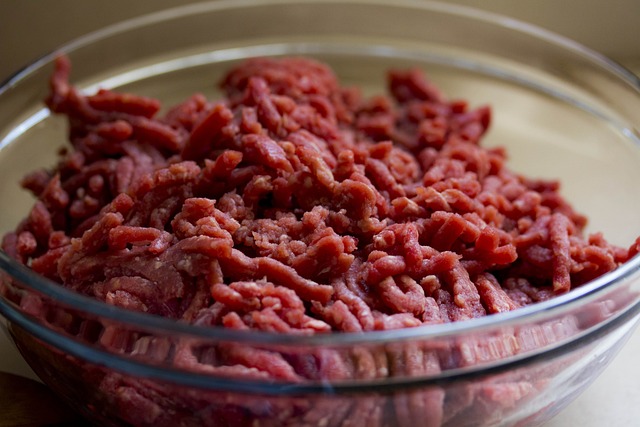
Ingredients:
- 1 pound of ground beef or bison
- 1 onion, diced
- 2 garlic cloves, minced
- 1 can (15 oz) of pinto beans, rinsed and drained
- 1 tablespoon of chili powder
- 1 teaspoon of cumin
- Salt and pepper to taste
- Frybread
- Toppings: shredded lettuce, diced tomatoes, shredded cheese, sour cream, hot sauce
Instructions:
- In a large skillet, cook the ground beef or bison over medium-high heat until browned.
- Add the diced onion and minced garlic to the skillet and cook for 5 minutes, until the onion is translucent.
- Add the pinto beans, chili powder, cumin, salt, and pepper to the skillet, and stir everything together.
- Let the mixture simmer for 10-15 minutes, until the flavors have melded together.
- While the beef mixture is simmering, prepare the frybread (recipe can be found above).
- To assemble the Navajo Tacos, place a piece of frybread on a plate, top it with a scoop of the beef mixture, and add your desired toppings.
Recipe: Wild Rice Pilaf
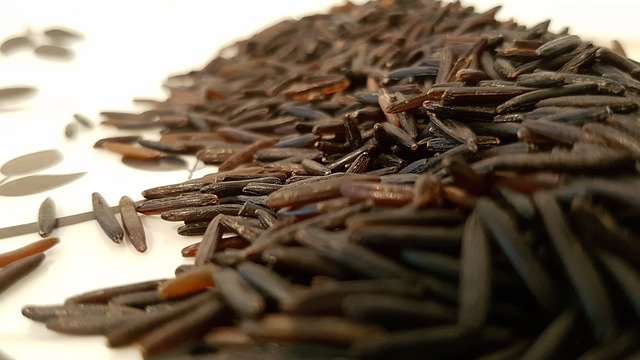
Ingredients:
- 1 cup of wild rice
- 2 cups of water or broth
- 1 onion, diced
- 2 garlic cloves, minced1 tablespoon of olive oil
- 1/2 cup of dried cranberries
- 1/2 cup of chopped pecans
- Salt and pepper to taste
Instructions:
- Rinse the wild rice and place it in a saucepan with the water or broth.
- Bring the pot to a boil, then reduce the heat to a simmer and cook the rice for 35-40 minutes, or until it is tender and fluffy.
- In a separate skillet, heat the olive oil over medium heat.
- Add the diced onion and minced garlic to the skillet and cook for 5 minutes, until the onion is translucent.
- Add the cooked wild rice to the skillet, along with the dried cranberries, chopped pecans, salt, and pepper.
- Stir everything together and let it cook for another 5 minutes, until the flavors have melded together.
- Serve hot as a side dish.
Recipe: Blueberry Cobbler
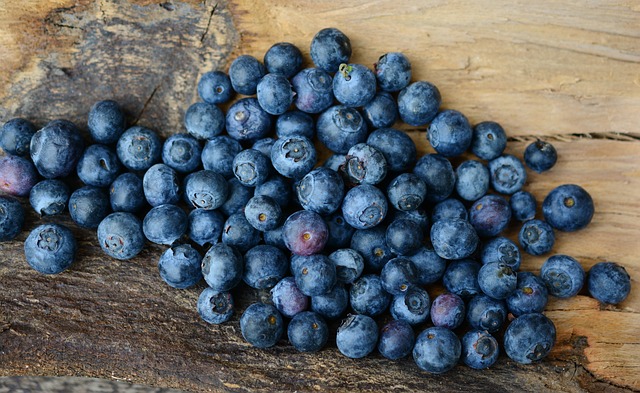
Ingredients:
- 2 cups of fresh or frozen blueberries
- 1/2 cup of sugar
- 1/2 cup of flour
- 1/4 cup of butter, softened
- 1/2 teaspoon of baking powder
- 1/4 teaspoon of salt
- 1/2 cup of milk
- 1/2 teaspoon of vanilla extract
Instructions:
- Preheat the oven to 375°F.
- Grease a 9-inch baking dish.
- Place the blueberries in the baking dish and sprinkle them with 1/4 cup of sugar.
- In a separate bowl, mix together the flour, remaining 1/4 cup of sugar, baking powder, and salt.
- Add the softened butter to the flour mixture and use a pastry cutter or your hands to mix everything together until it resembles coarse crumbs.
- Stir in the milk and vanilla extract until a thick batter forms.
- Drop spoonfuls of the batter over the blueberries, making sure to cover them evenly.
- Bake the cobbler for 35-40 minutes, until the top is golden brown and the blueberries are bubbling.
- Serve hot with a scoop of vanilla ice cream.
The rich history and culinary traditions of Native American cuisine have had a significant impact on American culture and cuisine. From the use of traditional ingredients like corn, beans, and squash to cooking techniques like smoking and pit-roasting, the contributions of Indigenous peoples to American cuisine are essential to understanding our culinary heritage. The diverse and vibrant flavors of Native American cuisine continue to inspire chefs and food enthusiasts around the country, and their influence can be seen in many popular dishes today. It is crucial to recognize and celebrate the Indigenous influences on American cuisine, not only to appreciate the cultural significance but to also continue to incorporate and appreciate these traditional ingredients and techniques in our modern-day cooking.
